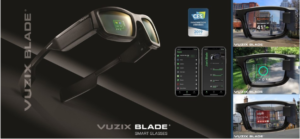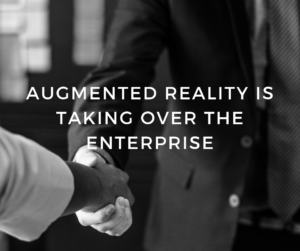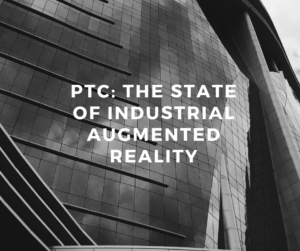AGCO Manufacturing Using Google Glass

At first, this meant that work orders for a new piece of equipment coming down the line would be inspected on stationary computer monitors, but this meant employees were often walking back and forth between the monitors and what they were working on, wasting steps and time. In an effort to eliminate this back-and-forth, employees were given tablets meant for the factory floor. But tablets had a major flaw: Workers needed to have both hands free to work on machinery. Not only was holding onto the tablets a safety issue, it also meant workers would set the tablets down wherever was handy, leading to a lot of dropped tablets.
Gulick began to look into using Glass for Enterprise, an effort by Alphabet, the holding company that owns Google, to use what had been sold to consumers as Google Glass for business applications. She quickly found a lot to like. Workers were able to keep both hands free while using Glass. They could use their voice to control Glass, whether to take pictures to send to a supervisor or to go back a page on their work orders.
“If you drop and break a pair of Glasses, the worst-case scenario, it’s $1,500. If you buy a rugged tablet and drop it on the floor and run over it with a tractor, it’s $4,000.
So, that was a pretty easy business case to bring to my leadership,” says Gulick. A pilot program began with just six pair of Glasses, and the results were encouraging from the start.
“Our measurements came back in at 30 percent process improvement, 50 percent reduction in training time, 30 percent improvement in quality processing time,” says Gulick. They quickly upped their order to 100 pairs of Glasses.
Now, line workers at the Jackson plant spend much of their days wearing Glasses. “For our line workers, we consider Glass to be a part of their uniform. They wear gloves, they wear a helmet, they wear ear protection, and they have Glass,” says Gulick. “We really consider it to be a 40-hour-a-week tool. With 12 to 13 hours of battery life, they can easily make it.” Workers charge their smart glasses overnight, and put them back on in the morning.
Now, many new workers hired by AGCO are being trained to use Glass, whether their specific job will require them to use the smart glasses or not. What’s more, Gulick says the ability of Glass to provide easy-to-follow instructions in a worker’s field of view changes who they hire.
“You don’t have to hire a mechanic or someone [with] that background,” says Gulick. She foresees AGCO being able to use augmented-reality smart glasses for training and on-the-floor oversight that will significantly expand the labor pool the company hires from. “The untapped workforce in manufacturing is women.”








